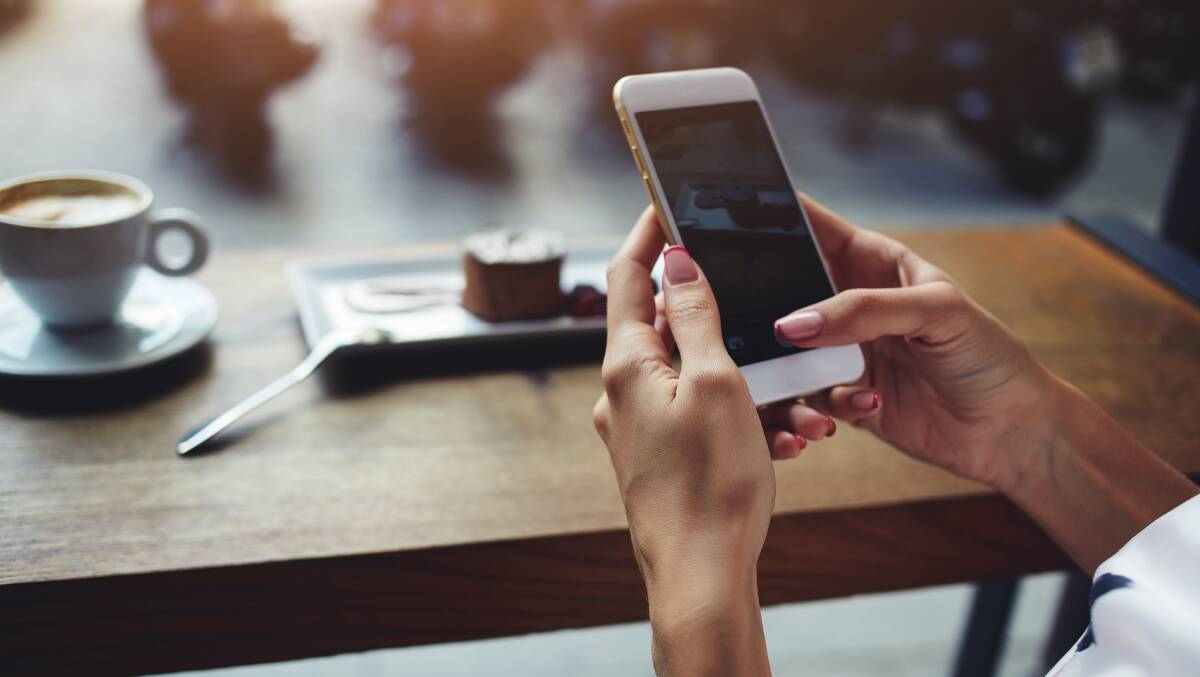People are on high alert when it comes to avoiding scams and the impacts of data breaches.
This is understandable given the recent succession of high-profile hacks and the fact Australians are predicted to lose $4 billion to scams this year.
Discussion has mainly centred on prevention and clean-up measures, such as how we can recognise the tell-tale signs of a text message scam and order new identification documents.
But a very real and confronting tactic employed by cyber criminals has been somewhat overlooked: hacking peoples' phones and gaining unfettered, real-time access to their most valuable information.
How phones get hacked
Smart phones are a lucrative hacking target because people use them to communicate, shop, bank, work and navigate the world.
This generates a lot of data stored in one place, and allows hackers to listen in to calls, read text messages and steal payment details and other sensitive information.
Criminals employ a few different tactics to gain access to victims' phones. Often, they send a text message with a link containing malicious software (malware) that is downloaded onto the user's device when clicked.
Hackers will often create free apps that offer virus protection or video editing software that are not found in the Apple App or Google Play stores. These apps quietly run in the background, infecting devices and accessing passwords, text messages and other data.

We saw the consequences of a malware-infected device play out this year when an Australian university student downloaded nefarious appp onto her phone, opened her banking app and watched on in helpless horror as hackers gained remote access and drained her savings.
Hackers also pounce when users grant apps permission to access their location, photos and microphone. This impacts users both when the app is malicious and if information is shared with unsafe third-party services.
People should also be careful while using Bluetooth connections and public Wi-Fi, a common practice when traveling overseas. Hackers can access your phone and data through these public connections.
Phishing attacks are another method, and people fall victim when they click an email, social media message, ad or post containing an unsafe link. These attacks are often sophisticated, purporting to be from a trusted source and designed to snap you into immediate action.
How to tell if your phone's been hacked
There are a few key signs to look out for if you're unsure whether your phone's been hacked.
If your phone is significantly slower than usual, it could indicate the presence of malware or a virus. It's also common for mobile viruses to hide behind pop-up ads. While these ads are fairly common, alarm bells should sound if they're showing up regularly on trusted sites.
A quickly draining phone battery is another red flag. Although this will sometimes happen after a major update, it can also be a sign of malware and spyware programs. If you're an iPhone or Android user, check your battery usage in your settings to see if there's unknown programs running in the background.
Also, if you notice more than one instance of an app on your screen, this could be a sign of a hacker, as they often use duplicate apps to get people to open links and download malware.
Other signs of a hacked phone include reduced screenshot quality, unusually high data usage and apps crashing at random.
What to do
If you're sufficiently terrified and don't know what to do with this information, rest assured, there are ways to protect yourself.
Firstly, you can uninstall suspicious apps, update your passwords and set up two-factor authentication on your online accounts. You can also connect with mobile device security experts who can help you remove malware and install security software to prevent it from happening again.
Anti-malware software is another proactive step that adds a layer of defence and will alert you when malware is installed on your phone.
You should also turn off your Wi-Fi and Bluetooth access when they aren't in use, and keep your phone and apps updated to patch up weak points.
Keeping track of multiple unique passwords can be challenging, so many people re-use the same one between accounts. This, however, makes it easier for hackers to steal data.
READ MORE:
Using a secure password manager is a great way to use many different passwords without losing track of them. You should also be careful about clicking on strange links or installing apps you don't recognise.
Also remember to protect your physical device. While many hackers work behind the scenes, there is also the risk of someone stealing your phone and accessing data that way.
A compromised mobile is a very confronting reality to face, but one experienced by an increasing number of Australians. However, by following some simple steps and being attuned to your phone acting in strange ways, you can significantly decrease the risk of your valuable information falling into the wrong hands or mitigating a breach as quickly as possible.
- Don Tan is a senior director at Lookout, an endpoint security company that analyses 100,000 apps per day to identify risks for mobile users.

